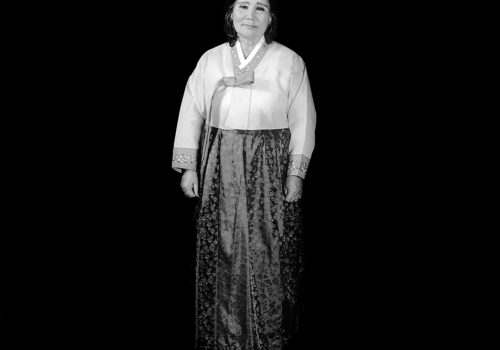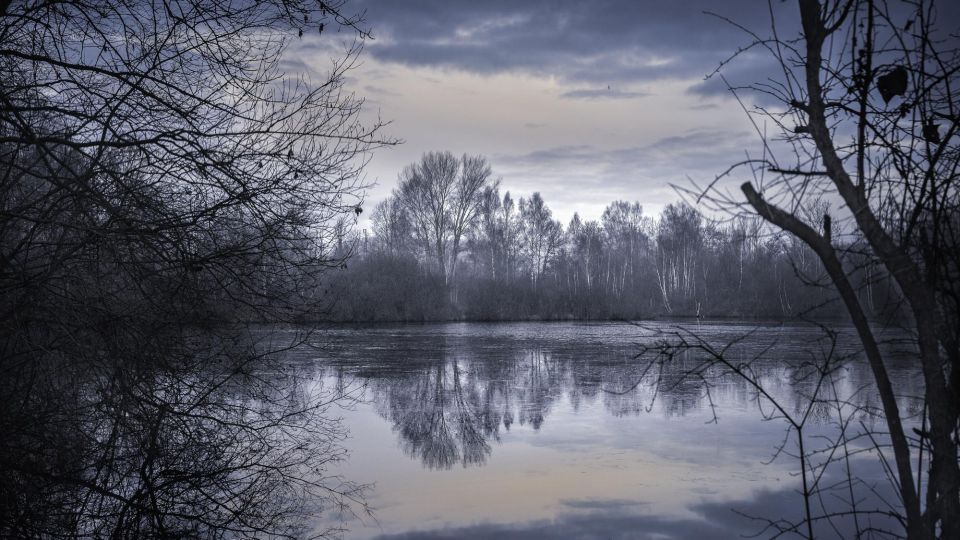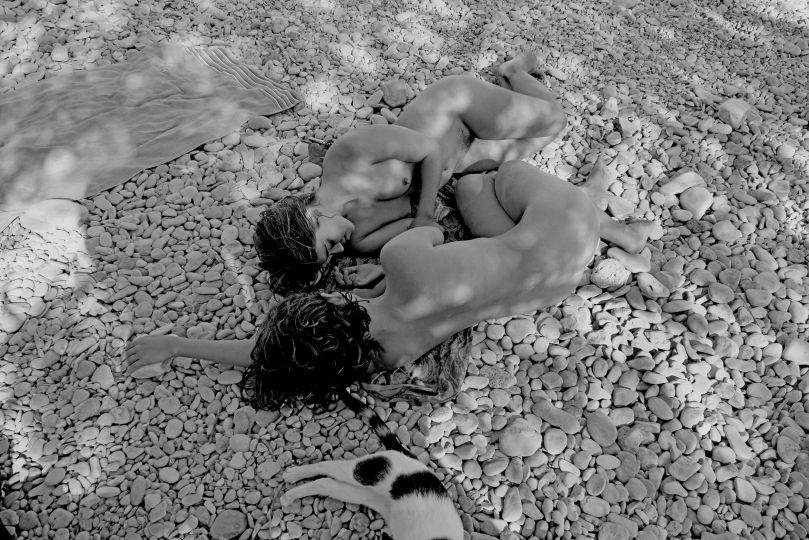Nietzsche has stated that history is fabricated by men in his book, “the Will to Power”. However, we tend to believe that history is merely a recounting of truths. In reality, recorded events and facts are rather focused on the certain part of history instead of the entire history, and also a large part of the records is written by the majority. At this point, we need to carefully look back on the prevailing historical view. By doing so, one can constantly bring up the issues of peripheral groups to the mainstream society. A desperate desire to pay attention to the history of the marginalized and reinterpret the past can be an impetus for us to propel and for myself to take action.
So I believe.
I am trying to pay attention to this very place, Korea where I, myself, stand right now with those imbued with ideologies, by taking ‘comfort women’ as the theme of my work. Since humans settled down in villages, they have dreamt of a utopia, followed some irresponsible ideologies, and agreed upon them, although those ideas were nothing but an excuse to exert a political power. To maintain power the era of conflicts and invasion broke out, violence erupted everywhere, and eventually it ended with countless tragic deaths. What can possibly bring comforts to the victims who had to suffer from the brutality of the time in such a young age? Their memories have become irreplaceable latent images and irremovable trauma.
“The Portrait of 108” is, as shown, about the Japanese military sexual slavery women (or ‘comfort women’) in Korea. I want my work to stir up questions about our tragic past and human dignity, and portray the reflection on violated women’s rights as seen by men as sexual objects. However, what is more important in this work is hidden meanings it contains: “calling” and “facing” in the frame of photography. “Calling” is a reference to the boundary between remembrance and forgetfulness while “facing” is a trigger to speculative or dialectic examination. Especially, the ghostly representations of the survivors against the black background appear to be remarks of floating spirits. Isn’t it photography that captures the past to stay in the present?
I stand before the survivors and click the shutters for them.
They began to disappear into the dustbin of history, tragically, while not knowing which of the history they belong to. It is what I would like to call attention to through my work. My photography is the reproduction of Roland Barthes’ statement, “there is a superimposition here: of reality and of the past.”
I hope that such photographic references become a reflection of the past and potential for change in the present.
Cha Jinhyun
















